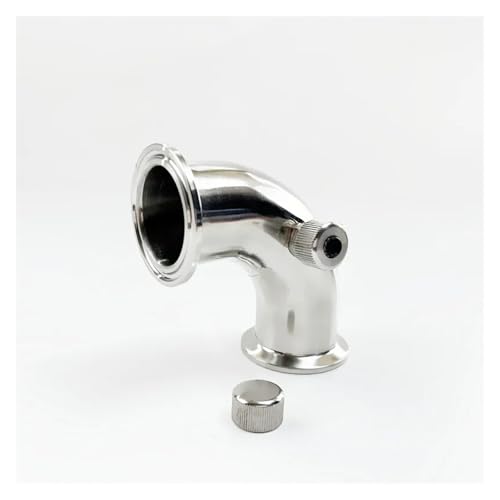This is a bit of a long one so please bear with me.
Recipe:
5kg lager malt
300g Crystal rye
300g Caragold
250g Torrified Wheat
for 23l of beer.
Hops - Chinook, Columubus, Sorachi Ace, Cascade (at varying intervals and amounts)
Yeast - Safbrew T-58 (one sachet - might seem stingy but I thought it would be fine, no starter)
SG - 1.060
FG - 1.018
ABV - 5.6%
This FG was after 6 days and my with my last experience T-58 took 2 weeks to ferment completely. T-58 gives a "high FG" anyhow.
So anyway, all seemed fine and it at this junction I started experimenting. Essentially I wanted to test the effect of ramping the beeer up with sugar additions.
So I:
1) Gently stirred the trup up.
2) Moved 2 of the 5 gallons to a new fermenter
3) Added 400g of table sugar to the new fermenter (about 18% of grain bill for this new batch, new est ABV 7.6%)
4) Then I decided to add a new yeast since I thought the T-58 would have run out of puff. I think I just added a 5g Youngs ale yeast sachet. Naff I know but I thought it could to the job. Granted, I should have made a starter for this second batch of yeast.
Anyway since then there has been no activity, I thought there would be new krausen? Temp is fine. I tried moderate aeration - which I know is fine in first 24 hours, is it fine still now given there is this secondary ferment still to occur?
It's now been over 30 hours since the sugar and yeast additions. Not really sure what to do now - just kind of waiting for mould to set in.
Any help greatly appreciated.
Recipe:
5kg lager malt
300g Crystal rye
300g Caragold
250g Torrified Wheat
for 23l of beer.
Hops - Chinook, Columubus, Sorachi Ace, Cascade (at varying intervals and amounts)
Yeast - Safbrew T-58 (one sachet - might seem stingy but I thought it would be fine, no starter)
SG - 1.060
FG - 1.018
ABV - 5.6%
This FG was after 6 days and my with my last experience T-58 took 2 weeks to ferment completely. T-58 gives a "high FG" anyhow.
So anyway, all seemed fine and it at this junction I started experimenting. Essentially I wanted to test the effect of ramping the beeer up with sugar additions.
So I:
1) Gently stirred the trup up.
2) Moved 2 of the 5 gallons to a new fermenter
3) Added 400g of table sugar to the new fermenter (about 18% of grain bill for this new batch, new est ABV 7.6%)
4) Then I decided to add a new yeast since I thought the T-58 would have run out of puff. I think I just added a 5g Youngs ale yeast sachet. Naff I know but I thought it could to the job. Granted, I should have made a starter for this second batch of yeast.
Anyway since then there has been no activity, I thought there would be new krausen? Temp is fine. I tried moderate aeration - which I know is fine in first 24 hours, is it fine still now given there is this secondary ferment still to occur?
It's now been over 30 hours since the sugar and yeast additions. Not really sure what to do now - just kind of waiting for mould to set in.
Any help greatly appreciated.








































![BREWING THERMOMETER STICKERS ACCURATELY MONITOR FERMENTING BEER & WINE LIQUID TEMPERATURES 5PCS HOME BREW SPIRITS WINE LCD ADHESIVE [US]](https://m.media-amazon.com/images/I/311DDjo2X3L._SL500_.jpg)
